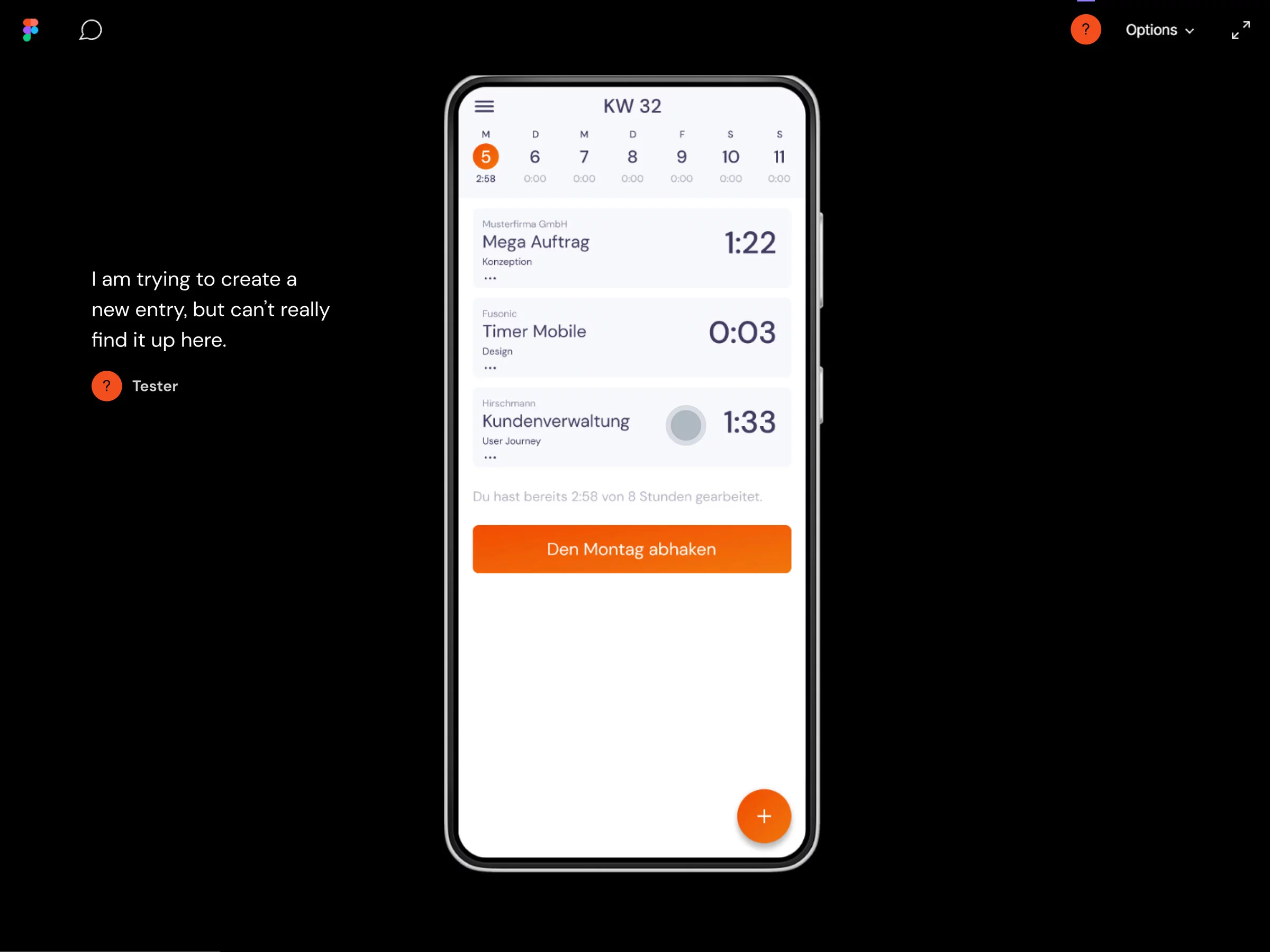User flows
Before we can start testing your product or prototype. The user flows must be clear. Where does the user come from and what is the goal for each specific use case?
During this phase I will look at different touch points for each flow and create a detailed description. This helps me later understanding the pain points of the users during testing. The detailed descriptions serve as a discussion point to decide if crucial information is missing.
After the user flows are done the testing can be started.
Questionnaire
Usability testing does usually start with a short questionaire to get the person comfortable with the situation they are in. These question can range from general questions which help understanding the person to more specific questions and tasks which you are trying to tackle with your product or prototype. The questions are ment to be open to get the person talking and gain information that wouldn’t be discovered otherwise.
Once the person has answered all the questions we can start with the actual usability test.

Thinking Aloud Method
One of the key methods of usability testing is the Thinking Aloud method where the person shares their thoughts with everyone else while doing the task. This reveils the thought process of the person and highlights why this person has difficulties with different steps in the user flow.
Additionally to the Thinking Aloud method the tests should always be recorded for evaluation. The person as well as the screen they are interacting with should be captured at the same time.
Testing
The testing consist of different flows. These are separated tasks that should be ideally done individually and not be dependend on each other. Before the task is handed off to the person there is some room for questions, after that the person should be left alone and only helped if they say themselves that they are stuck. The person always decides if they done with the task.
The Nielsen Norman Group states that around 80% of the problems are found by conducting usability tests with 5 different people. If you have more people to test the product or prototype with, these should be separated in different stages. Meaning 5 people test version 1, another 5 version 2 and so on.
After the usability test is done the data can be taken for further analysis.
Analysis
After all the necessary data has been gathered, it is time to refocus on the initial goals and structure the data. For each problem the person encountered, “strange” action they took or comment they made a new data point will be added to a table. These data points can than later be filtered and sorted to draw conclusions.
The analysis also includes ideas on how to improve the product or prototype from open questions ask prior to the usability test.
After the analysis is done final actions can be taken.
Results
Now it is time to take action!
The first task after the analysis is to prioritize the problems and focus on the most critical ones. These are again reviewed with the video snippets and transcripts from the tests.
After that there can be a brainstorming for a solution of these problems. Because most of the time the solution is not the most obvious one (i. e. make the button bigger if the user doesn’t see the button).
Once the solutions are set the product or prototype is ready to be improved and tested again.
You’ve made it all the way through the usability testing process.
Please don’t hesitate to contact me if you are interested in doing a usability test with your product or service. We’ll discuss the details and the setup in our first meeting over some coffee or beer — whichever you prefer.